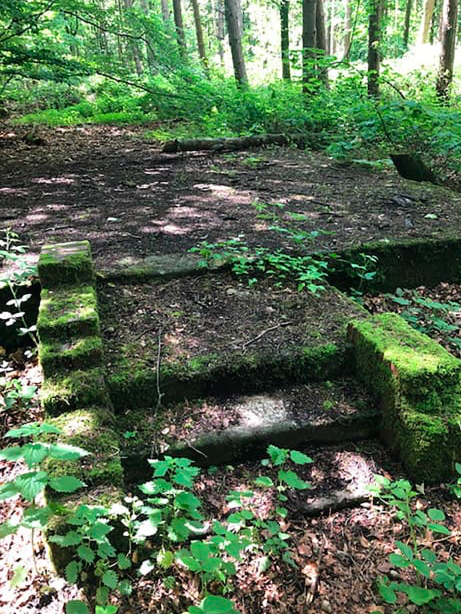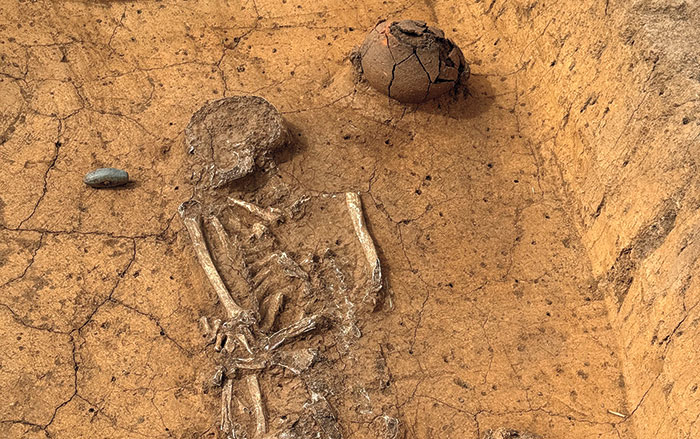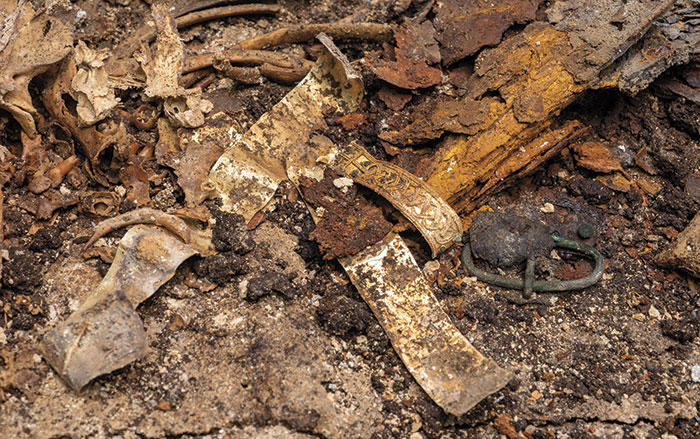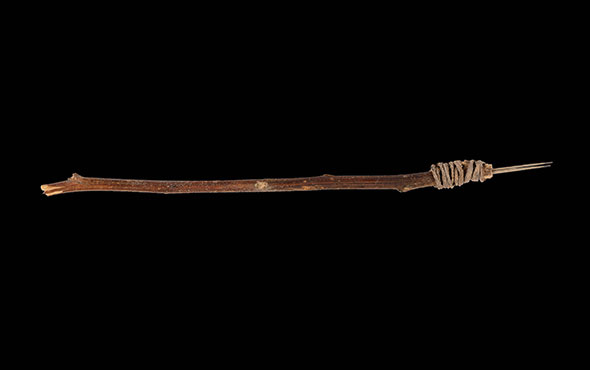
SOUTH YORKSHIRE, ENGLAND—The Guardian reports that archaeologists from the University of Sheffield have uncovered traces of Lodge Moor, a prison camp that held more than 11,000 captives from Germany, Italy, and Ukraine at its peak in 1944. A Red Cross inspection at the time described conditions as “insufficient/uninhabitable,” with more than 70 prisoners occupying barrack buildings designed for 30. “The prisoners were fed food out of galvanized dustbins, had to stand outside in the mud, rain and cold for several hours a day during roll call, and since it was so overpopulated as a transit camp, they were squashed into tents or the barracks with little personal space,” said archaeology student Rob Johnson. Karl Dönitz, a German U-boat captain, was housed at the camp in 1918, during the First World War. He was released from the camp after about six weeks, however. Dönitz eventually became head of the German navy under Hitler, and succeeded him as president of the German Reich. Much what survives of Lodge Moor is now covered in moss and woodland. “It hides the secrets of all the thousands of men who were housed there merely decades ago,” said student Georgina Goodison. To read more about WWI archaeology in Britain, go to "The Marks of Time: WWI Military Camp."











